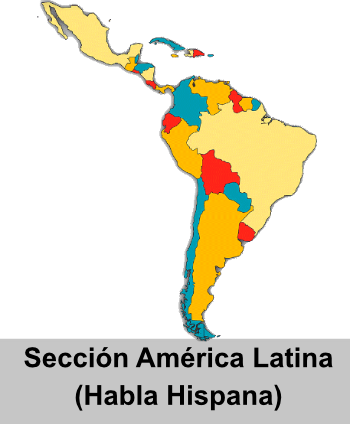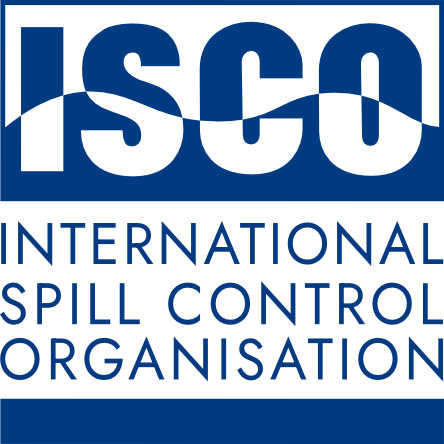Zhong X., Wu Y., Yu J., Liu L., Niu H. (2024) Journal of Marine Science and Engineering, 12 (1), art. no. 144, DOI: 10.3390/jmse12010144
ABSTRACT: The formation of oil–mineral aggregates (OMAs) is essential for understanding the behavior of oil spills in estuaries and coastal waters. We utilized statistical methods (screening design) to identify the most influential variables (seven factors in total) during OMA formation. Time was the most important factor, followed by temperature and oil/clay ratio. Moreover, machine learning was applied to predict the OMA median diameter (D50). Among the three tested algorithms, the Random Forest (RF) algorithm showed the highest accuracy, with a training R2 of 0.99 and testing R2 of 0.93. An open-source software tool that integrates the RF algorithm was developed, allowing users to easily estimate the OMA D50 based on input variables. The valuable results and the practical tool we have developed enhance the understanding and management of environmental impacts associated with oil spills.





